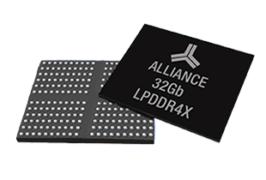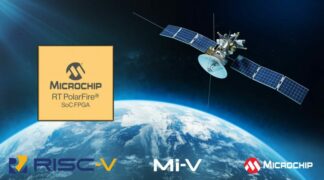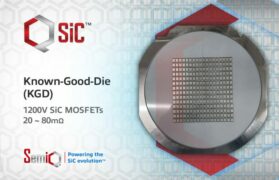It is the dream of many to be brought from A to B without any effort on their part whatsoever – a dream that is embodied in Knight Rider’s K.I.T.T. or the vehicles in “The Fifth Element”. Modern cars are increasingly approaching these visions of the future, and various sensor technologies play one of the most important roles here. One of the most promising of these is lidar.
Like radar, lidar is a method for detection and ranging (DAR). Both use the same method of echolocation as bats. They send out ultrasonic waves and detect where objects or prey are located based on how they are bounced back. While radar uses radio waves, lidar uses light waves.
Lidar sensors use a pulsed laser diode that sends out a light pulse. If it is reflected by an obstacle, the sensor will detect it. The time of flight (ToF), which is the time between the sending and receipt of the light waves, allows the distance between the sensor and obstacle to be calculated.
Highly sensitive detectors
The light waves are dispersed in many directions depending on the distance and form of the reflective object or living being. This is why the broader the detector range, the more precise the image of the environment it produces – because it can detect even more reflections. Current lidar sensors use avalanche photodiode (APD) arrays of 8, 12 or 16 diodes. Each diode represents a pixel of the overall image. This means that in addition to the size of the array, the distance between the diodes (=pixels) is also a factor in the sensor’s resolution. The APD sensitivity also plays a role. Ideally, they should detect as few traces of the reflected beam as possible.
The ideal light beam
The length of the light pulses plays a critical role in the sensor resolution, which is why lidar manufacturers put a lot of effort into developing pulse lengths that are as short as possible. Presently, they measure 5ns on average up to a maximum of 10ns. Another factor is the size of the light beam. Because the laser diode sends out an extremely focused light beam, it can only measure the distance of a point that is of the same size. This is nowhere near sufficient for use in driver assistance systems and certainly not in autonomous vehicles. There are various solutions for enlarging the field of view (FOV). The challenge here is to detect even the smallest faces within a large FOV.
Company: Rutronik










